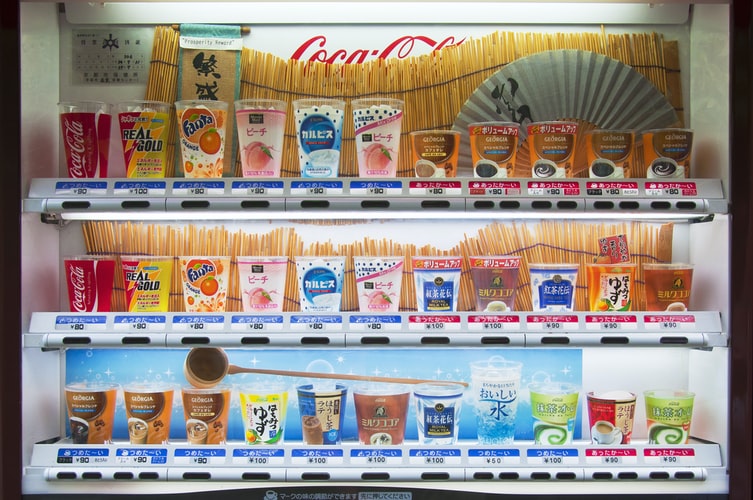
Report type: Weekly Strategy
Pay Attention to Low Oil Prices and Changes in the Power Industry
On 20/4, for the first time in history, the WTI crude oil May futures contracts closed at negative 37.63 USD per barrel. Two important factors induced the negative price. (1) The settlement method for WTI crude oil futures involves delivery settlement only upon physical delivery, and most other major crude oils can be delivered at sea or in coastal areas. However, in this case, Cushing in the State of Oklahoma does not have delivery bases at sea and delivery and storage has to be carried out inland. For this reason, it may be more advantageous in some cases to have the buyer of the crude oil pay for and receive the actual product than to store and dispose of it on its own. (2) ETFs linked to crude oil prices for financial instruments that cannot deliver physical oil in-kind must sell near futures and roll over to futures before the final date of the contracts. This could also have aggravated the plunge into negative prices. It is therefore important to understand the relationship between prices of near futures and next futures when attempting to predict future trends of WTI crude oil prices. As the spot price declines, the near-term price depreciation/future appreciation angle (contango) becomes steeper. On the other hand, when the spot price rises, the contango angle tends to become gentler. It is important to note that when the spot price rises sharply as seen in the VIX index of 2020/3, the near-term price appreciation/future depreciation angle (backwardation) of the futures price becomes steep. As the spot price falls, the angle of backwardation tends to become gradual. With regard to WTI crude oil futures, it may be possible that spot prices and prices of near futures tend to rise as the contango angle becomes gentler.
Electric power companies, which are likely to benefit from cost reductions owing to low oil prices, have been obliged by electric utilities to legally separate the transmission and distribution sectors from 2020/4. The aim is to ensure that all companies, including new entrants such as renewable energy companies, can use the power transmission and distribution equipment fairly. To ensure neutrality, regulations were also introduced regarding personnel and budget matters between power generation/retail companies and power transmission and distribution companies. Until now, electric power companies have made restarting nuclear power plants a priority issue, and Kansai Electric (9503),
Kyushu Electric (9508) and Shikoku Electric (9507) which have restarted the nuclear power plants are regarded as winners in the power industry. For other electric power companies that cannot restart nuclear power plants and have no choice but to rely on thermal power generation, the continuation of low crude oil prices may be a blessing in disguise. Although there is a downside from the perspective of global warming issues, it will be necessary to increase investment to strengthen the power transmission and distribution network in order to spread the use of renewable energy generated by solar and wind power. In this regard, we can look forward to expansion in terms of enterprise scale through reorganization amongst the transmission and distribution companies that had separated from the electric utility companies.
In the 27/4 issue, we will be covering Ito Yogyo (5287), Nippon Yusen (9101), Kintetsu World Express (9375), and Tohoku Electric Power (9506).
・Established in 1950. Main businesses include concrete-related businesses that handle secondary concrete products and rubber joints, and building facility equipment-related businesses that sell and construct building facility-related equipment such as air-conditioning equipment.
・For 3Q (Apr-Dec) results of FY2020/3 announced on 31/1, net sales increased by 19.7% to 2.261 billion yen compared to the same period the previous year, and operating income was 65.64 million yen, turning positive from a deficit of 17.44 million yen the same period the previous year. In the concrete-related business, sales of “HumeCeptor”, an environmentally-friendly product, and “Protelock Pierce,” a disaster-prevention residual formwork were firm.
・For its full year plan, net sales is expected to increase by 5.1% to 3.0 billion yen compared to the previous year, and operating income to increase by 44.6% to 80.0 million yen. The Tokyo Metropolitan Government announced on 17/4 that it would subsidize up to 10 million yen for the development of small-scale detached houses to promote the removal of utility poles as part of its aim to build a disaster-resilient city. To prevent blackouts caused by typhoons, sales of products to replace the utility poles are expected to increase. In terms of supply and demand, it is also good that the high price attained on 2019/10 was after the credit date.
・Established in 1885 through the merger of Mitsubishi Mail Steamship Co and Kyodo Unyu Kaisha. Operates the Global Logistics Business (Liner Trade Business, Air Cargo Transportation Business, Logistics Business), Bulk Shipping Business, and other businesses (real estate business, etc.).
・For 3Q (Apr-Dec) results of FY2020/3 announced on 31/1, net sales decreased by 9.5% to 1.2532 trillion yen compared to the same period the previous year, and operating income increased 7.1 times to 32.469 billion yen. The increase in the temporary expenses associated with the termination of the container shipping business recorded in the same period of the previous year did not occur in the current reporting period, and the streamlining of shipping in the automobile transportation division in the Bulk Shipping Business sector had contributed to the increase in profit.
・For its full year plan, net sales is expected to decrease by 9.3% to 1.66 trillion yen compared to the previous year, and operating income to increase 3.3 times to 37.0 billion yen. It is noteworthy that company will easily benefit from the low crude oil price as the futures price of crude oil declines sharply. In addition, demand for large tankers as a means of storing crude oil stockpiled in the United States is expected to increase, and transportation demand is also expected to rise again when economic activity that has stagnated due to the effect of Covid-19 resumes.
